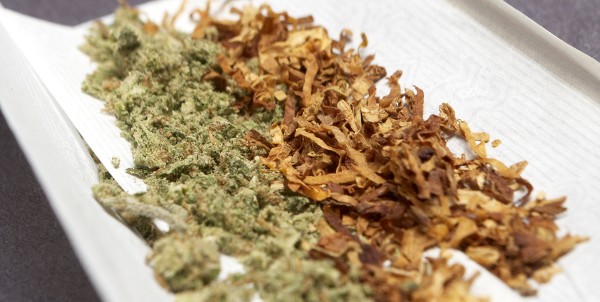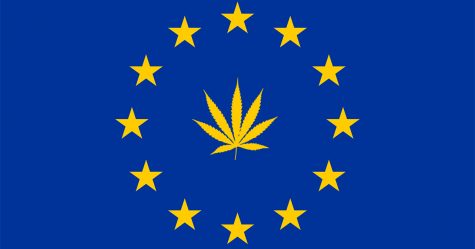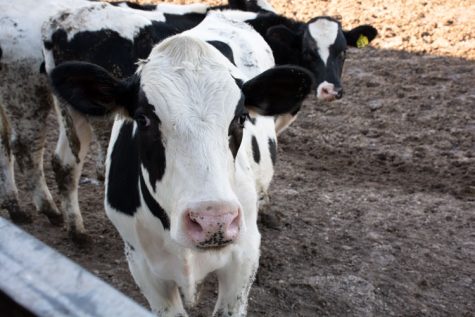Public safety minister alerts cannabis consumers of contamination risk in B.C.’s black market cannabis

The public safety minister of British Columbia has issued a health and safety warning for consumers of illicit cannabis in the westernmost province of Canada.
According to Mike Farnworth, black market-sold cannabis is dangerously contaminated. Moreover, he says that consumers ought to be aware of misleading packaging for illegally-sold cannabis edibles.
Based on Health Canada‘s rules and regulations for regulated cannabis products, licensed cultivators are required to test their product(s) so as to ensure it does not pose a health threat when consumed.
However, the solicitor general says that lack of regulation makes it difficult to assess the quality of illicit cannabis in B.C.
Currently, in excess of 370 legal cannabis stores are speckled around B.C. Farnworth made a point of noting that, in comparison with legal cannabis consumption rates, illicit cannabis consumption is soaring.
Once enforcement efforts were imposed post-legalization, which occured at the end of 2018 across Canada, around 160 illegally operating stores were forced to close their doors in B.C.
Pilot study of 20 dry plant samples revealed dangers of illicit weed
Concerns regarding the dangers of illicit weed in B.C. emerged after the province’s cannabis secretariat conducted a pilot study. The study was carried out in collaboration with the National Collaborating Centre for Environmental Health and the B.C. Centre for Disease Control.
The investigation focused on the testing of 20 dry cannabis samples, all of which were confiscated from six illegal stores in the Metro Vancouver area. According to the secretariat, the results are worrying.
At least one of 24 types of hazardous pesticides were contained in 18 of the samples. What’s more, all but two samples contained “unacceptable levels” of bacteria, fungi or heavy metals. The findings were announced during a news conference held on Wednesday, June 9.
According to officials from the National Collaborating Centre for Environmental Health, only three of the 20 dry cannabis samples tested would have been suitable for retail sale; if they were sold by licensed vendors.
Why? Because the three samples did not exceed the allowed limits for various microorganisms and arsenic, cadmium, mercury and lead. Additionally, the “acceptable” cannabis samples met the legal standards for pesticide residues with negligible health risk.
In regards to the remaining samples, the organization said that nine were deemed unacceptable for sale since they were taunted with pesticide residues and increased concentrations of heavy metal concentrations. Furthermore, the nine “unacceptable” cannabis samples appeared to be produced in an unsanitary environment.
More investigation is necessary to fully understand why the other eight samples were contaminated with pesticides, as well as to understand whether or not consumer health would have been at risk and if any regulations had been broken.
Pesticide concerns are not a problem for legal and regulated cannabis
Researchers emphasized the fact that – if the study into the dangers of illicit weed in B.C. is compared with the test results of legal cannabis sample studies – the prevalence and variety of pesticide findings are unsettling.
For example, a 2018 analysis of 63 dried cannabis samples from licensed Canadian producers discovered just two pesticides in a total of eight contaminated samples.
The study added that surface sampling – of which was conducted this year – at two cannabis grow sites managed to detect six pesticides at the licensed cultivation facility and 41 pesticides at the unlicensed facility.
Despite the disturbing findings, researchers noted that the study into the dangers of illicit weed in B.C. was somewhat limited. Examples of some study limitations include the following:
- The report only focused on dried cannabis flower;
- The restrictive small sample size does not represent the entirety of Metro Vancouver’s illicit cannabis trade;
- The origin of the tested dry cannabis samples was unknown and therefore the number of growers could have been between 1-20.
Farnworth also made a point of highlighting the dangers that illicit cannabis edibles pose to buyers when such products are packaged in a way that emulates tempting candy and snack brands; something that he says could attract the attention of unknowing children.
He believes that the THC concentration in illicit edibles often surpasses legal limits, thus increasing the health risk(s) for children.
“For adults who have children in their lives, do not buy illicit cannabis that is packaged to look like candy, because kids can mistake it for candy and may end up in hospital,” said Farnworth, adding that people who purchase cannabis products from illegal online or brick-and-mortar sellers may be contributing to the support of organized criminal operations.
“In contrast, when you buy from a licensed seller, you can trust the label on the product, you know that you’re supporting legitimate, local businesses and workers, and you can feel assured that the tax revenue will go toward the public services that we all rely on,” he concluded.







